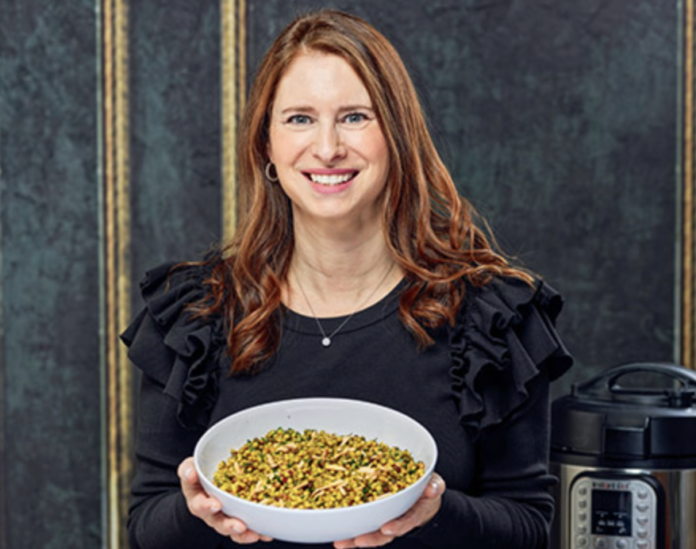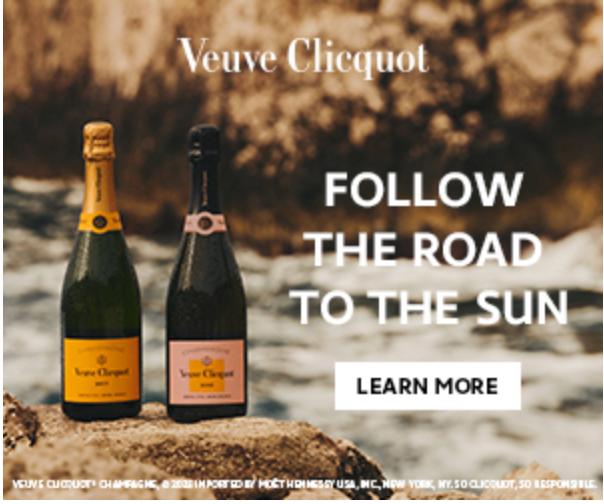KosherPalooza Comes to NJ Meadowlands June28 – Save Your Appetite for An Unforgettable Kosher Culinary Adventure
Get ready to explore every corner of the innovative and ever-expanding kosher universe! You (and your appetite) are invited to a massive celebration of all things kosher with hundreds of food brands, cookbook authors, influencers, and experts, all under one roof.
KOSHERPALOOZA
takes place Wednesday, June 28 at the Meadowlands Expo Center in Secaucus, NJ.

Known as—what else?
KOSHERPALOOZA
this first-of-its-kind festival for foodies, hosted by Fleishigs Magazine and Powwow Events, takes place Wednesday, June 28 at the Meadowlands Expo Center in Secaucus, NJ.
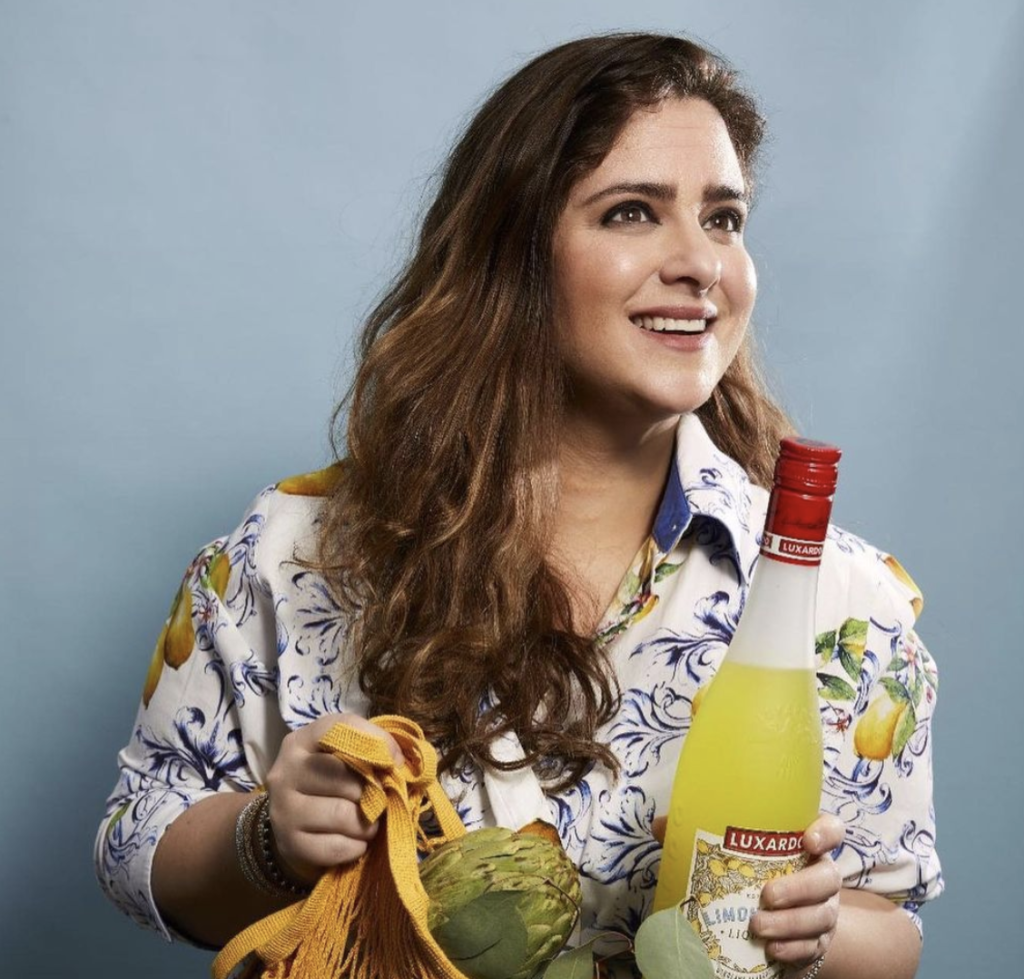
The full-day extravaganza is packed with events like Chopped-style cooking competitions, cooking and mixology demonstrations, wine tasting classes, exclusive book signings with renowned cookbook authors, and informative panel discussions. Visitors are also welcome to hobnob with some the top kosher creatives and influencers from across globe.
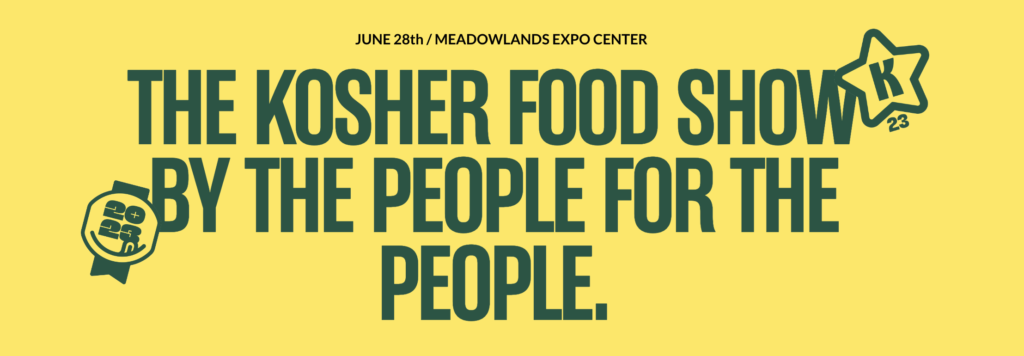
Of course, it wouldn’t be KOSHERPALOOZA without bites and sips!
With a wide range of exhibitors—from restaurants and visionary startups to the classic brands your grandmother grew up with—expect an endless offering of products from across the kosherverse.
Among the bites and sips are more than 100 booths including
The Cheese Guy, Prairie St. Prime, Jacks Gourmet, Holy Wagyu Meats, Kosher Valet, Bethel Creamery, Royal Wine Corp., Pizza Biza, Bread and Batter, The Nuttery, Pelleh and so much more.
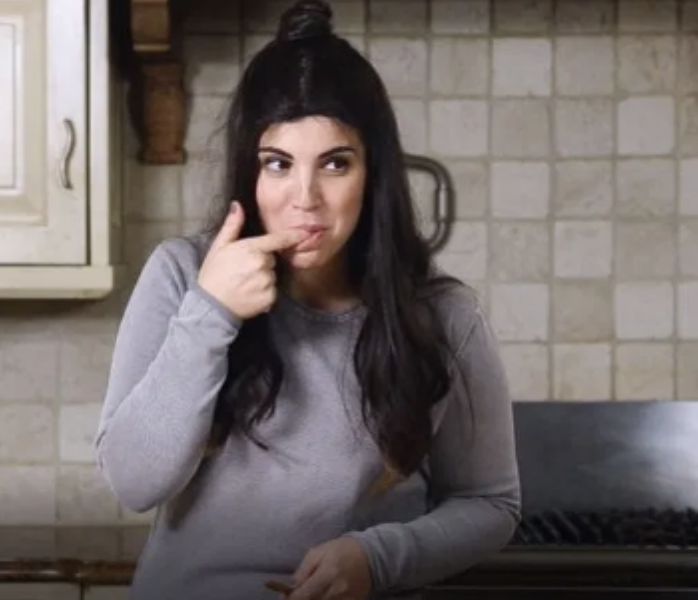
So , who’ll be there?
The lineup includes noted kosher cookbook authors and influencers Kim Kushner, Levana, Naomi Ross and Paula Shoyer who will be cooking up a storm and competing a la CHOPPED;
KOSHERPALOOZA Headliners including Chanie Apfelbaum, Danielle Renov, Gabe Geller and Dani Klein hosting and toasting
Games including blind taste tests, hot sauce contests, and a wine glass challenge, along with a panel of experts offering wine tastings, mixology demos, as well as People’s Choice for best new product.
It’s a full day of fun and food where you can sink your teeth into gourmet treats from featured brands, participate in panel discussions, see live streaming cooking demos, drink from among the finest wines and cocktails, learn from the best kosher talent, catch the latest news in the kosher restaurant scene, win prizes and giveaways, vote for your favorite products and hear from leading organizations including the Orthodox Union (OU) and Masbia, too.
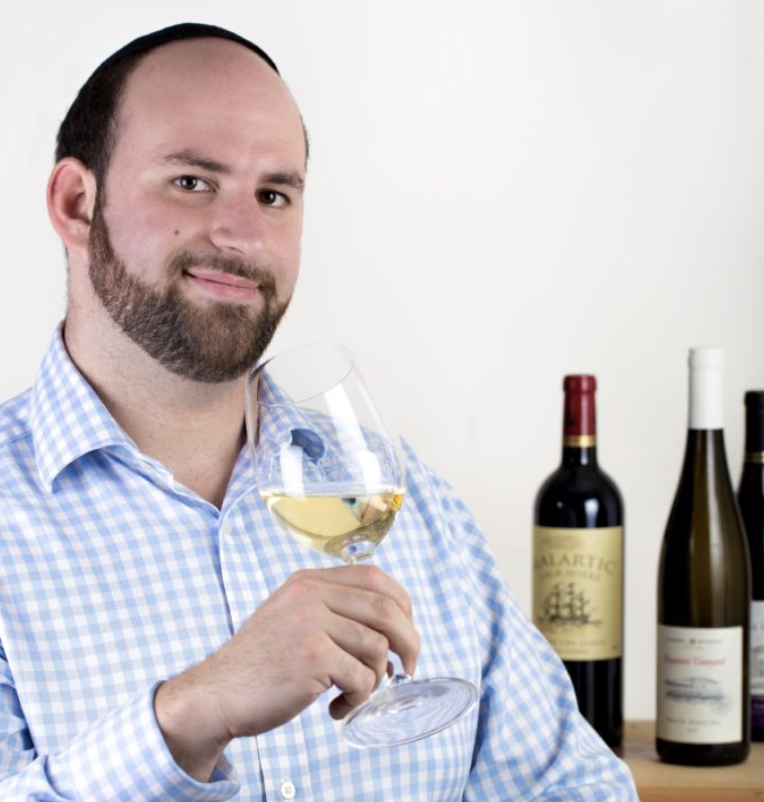
More than just the authority on kosher cooking, Fleishigs Magazine
More than just the authority on kosher cooking, Fleishigs Magazine serves up kosher like never before. Each of its eleven annual issues is a jewel box of triple-tested recipes, entertaining tips, food trends, Shabbat and holiday entertaining guides, in-depth chef spotlights, luxe travel features and more.
A feast for the eyes dedicated to the best modern cuisine, Fleishigs takes kosher to unexpected heights to reach and inspire the discerning chef, the food obsessed and budding gourmand in us all.
For tickets and further information, visit https://www.kosherpalooza.com.


